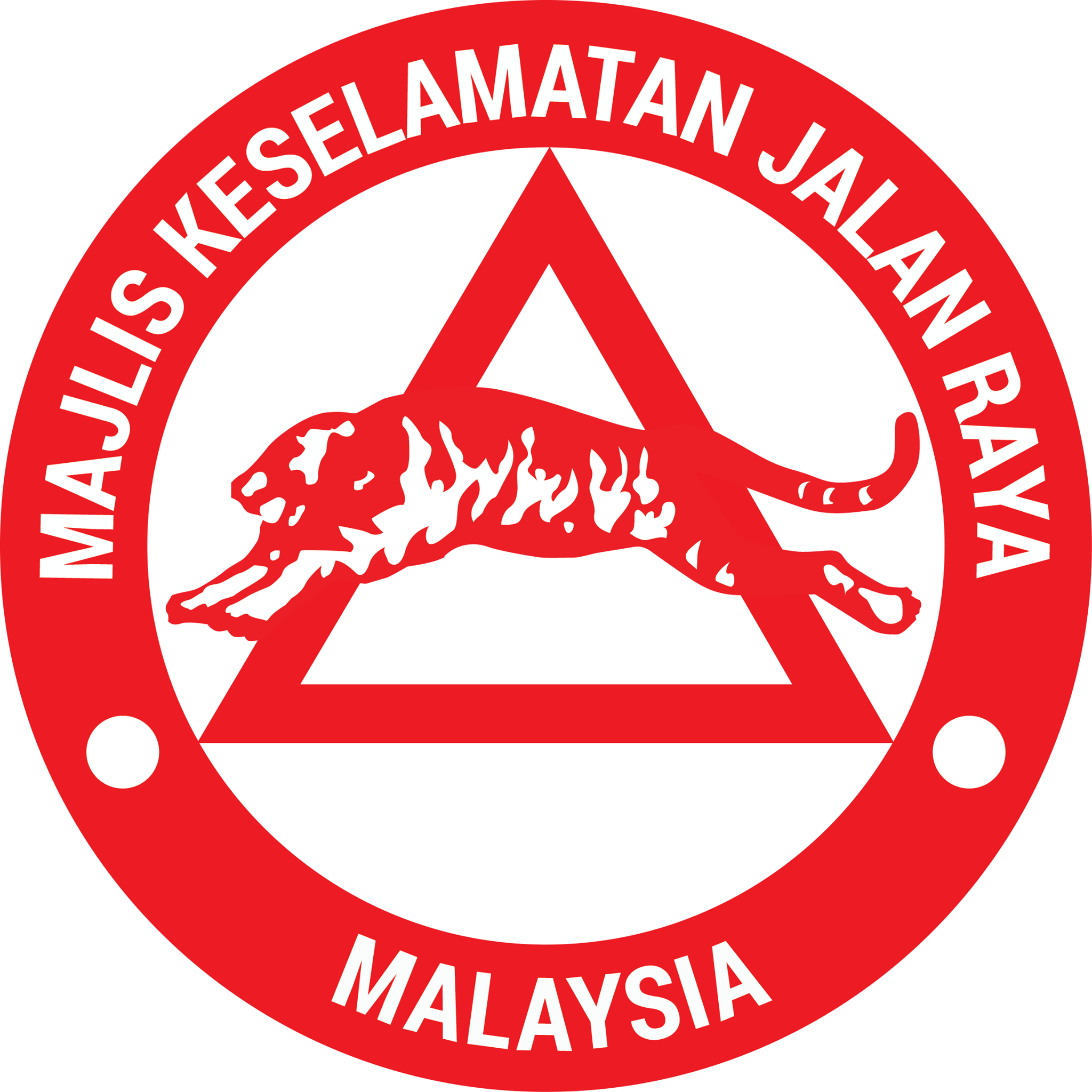Vulnerable road users, including children, the elderly, and individuals with disabilities, require targeted safety measures to mitigate their heightened risk on Malaysian roads. Children, particularly in school zones, face significant dangers, evidenced by the alarming average of 67 road deaths annually in these areas. This underscores the critical need for comprehensive safety strategies.
International Best Practices for Protecting Vulnerable Users
Globally, successful strategies for protecting vulnerable road users include:
- Vision Zero Initiatives: Countries like Sweden have adopted “Vision Zero,” aiming to eliminate all traffic fatalities and severe injuries. This involves designing roads with the most vulnerable users in mind, implementing traffic-calming measures, and prioritising pedestrian and cyclist safety.
- Safe System Approach: This approach, advocated by the World Health Organization, focuses on creating a road system that accommodates human error, with measures like segregated bike lanes, pedestrian crossings with countdown timers, and accessible infrastructure for the elderly and disabled.
- Community-Based Programmes: Local initiatives that involve community members in identifying and addressing safety hazards, such as “walking school buses” and senior road safety workshops.
- Technology Integration: Utilizing smart traffic signals, pedestrian detection systems, and vehicle-to-infrastructure communication to enhance safety.
MKJR’s Commitment to Vulnerable Road User Safety
MKJR plays a vital role in protecting vulnerable road users in Malaysia. A key initiative is the strong support for the government’s 30 km/h speed limit enforcement in school zones, which significantly reduces the risk of pedestrian fatalities. Additionally, MKJR collaborates with various organizations to implement road safety awareness programmes in schools, instilling safe habits from an early age.
Through strategic partnerships, MKJR advocates for the development of safe school zones, focusing on:
- Lower Speed Limits: Enforcing and promoting 30 km/h limits.
- Improved Infrastructure: Enhancing pedestrian crossings, installing clear signage, and creating safe walking and cycling paths.
- Enhanced Safety Measures: Implementing traffic-calming measures, such as speed bumps and raised crossings, and ensuring adequate lighting.
By integrating international best practices and community-driven initiatives, MKJR strives to create a safer road environment for all vulnerable road users.
